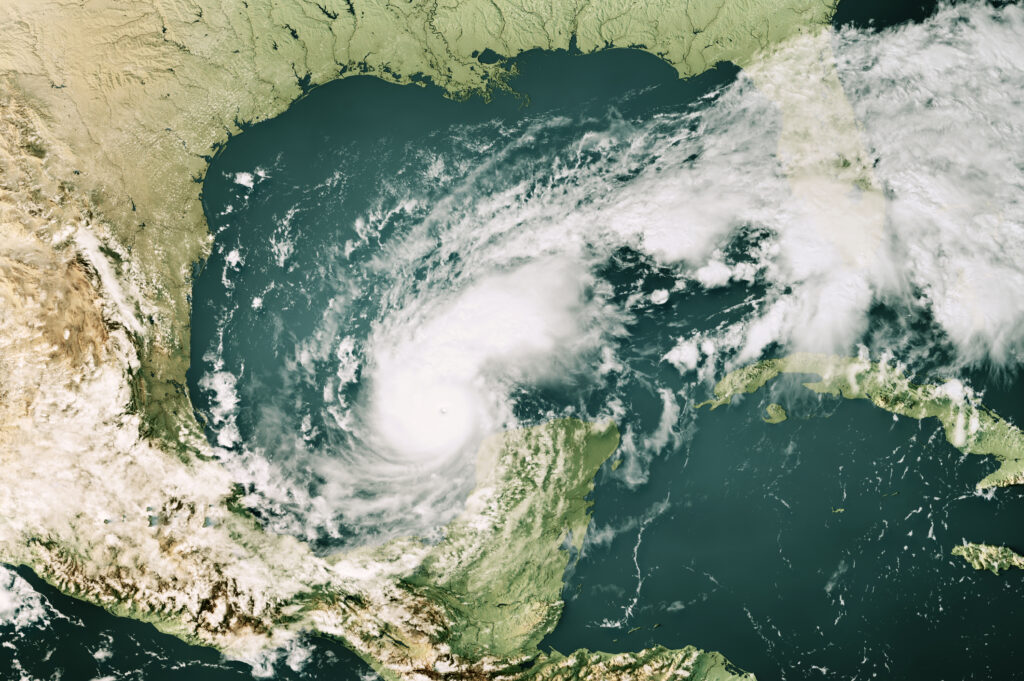
By Lewis Nibbelin, Research Writer, Triple-I
An atmospheric river system dumped up to six inches of heavy rains and claimed multiple lives in California last weekend, with thunderstorms on the horizon posing outsized risks for communities still recovering from January’s devastating wildfires.
Triggering mudflows and flash flooding across streets and highways, the multiday storm highlights the added complexity of insuring and preventing disasters in the state’s many wildfire-prone areas.
Coverage confusion
Californians grappling with this destruction may be unaware that homeowners and commercial policies typically exclude flood, mudslide, debris flow, and similar catastrophes, or of the distinctions between these events. Though media outlets may use these terms interchangeably, insurers differentiate between mudflows and mudslides for coverage eligibility.
Essentially rivers of mud, mudflows are covered by flood insurance, which is available from FEMA’s National Flood Insurance Program (NFIP) and a growing number of private insurers. Mudslides – or masses of rock and earth pulled downhill by gravity – typically do not involve much liquid and remain ineligible for flood coverage.
But if recent perils covered by standard insurance policies either directly or indirectly cause any of these events, insurers must cover ensuing damages, as explained in a notice from California Insurance Commissioner Ricardo Lara shortly before the storms. Such protections can help residents bracing for possible mudslides later this week – particularly those living in Southern California neighborhoods scorched by wildfires earlier this year.
Noting that “it is critical to prepare for flooding, mud, and debris flow when heavy wind and rain, also called atmospheric rivers, are forecast,” Janet Ruiz – Triple-I’s California-based director of strategic communication – advises policyholders to “check your insurance coverage, as you will need a separate flood policy for flooding and mudflow. Use sandbags – most communities provide them free of charge. Be safe, and don’t drive into flooded areas.”
These recommendations are especially vital for fire-scarred areas, where heat-damaged soil repels water and even minor showers can escalate into dangerous flash flooding and debris flows. An absence of vegetation to absorb rain exacerbates both, leaving nearby homes, businesses, and other infrastructure more vulnerable.
From one system to another
Beyond facilitating substantial flooding, the wet weather also weakened elevated fire conditions that emerged during the fall – a reoccurring interplay in California’s climate that complicates developing effective mitigation and resilience strategies. Within the Golden State alone, factors like temperature, humidity, wind, and topography vary too widely to apply a singular mitigation approach, underscoring the importance of property-specific data analysis.
Using case studies from three distinct California areas, research from Triple-I and Guidewire shows how granular data can help identify properties with attractive risk profiles despite these evolving risks. Noting “every property being assessed for wildfire risk is unique,” their report found that home hardening reduces wildfire damage by as much as 70 percent but emphasized proactive collaboration between insurers, regulators, and policyholders as key to long-term success.
With more people moving into the wildland urban interface and communities increasingly hit with inland flooding, such partnerships are crucial to bridge protection gaps while keeping insurance affordable and available.
Learn More:
Mudslides Often Follow Wildfire; Prepare, Know Insurance Implications
Despite Progress, California Insurance Market Faces Headwinds
California Insurance Market at a Critical Juncture
California Finalizes Updated Modeling Rules, Clarifies Applicability Beyond Wildfire










